Transform Your Neighborhood with Innovative Solar Street Lights: A Sustainable Solution for Safer Streets
In the quest for safer and more sustainable communities, the implementation of solar street lights stands out as an innovative solution that can transform neighborhoods. These eco-friendly lighting systems not only provide enhanced visibility during nighttime but also reduce energy costs and minimize carbon footprints. By harnessing the power of the sun, solar street lights automatically recharge during the day, ensuring they remain operational throughout the night without relying on conventional electrical grids. This introduction of renewable energy into our urban infrastructure represents a significant step towards creating greener, safer streets where pedestrians and cyclists feel more secure. As communities continue to prioritize sustainability, understanding how to effectively integrate solar street lights into local environments becomes essential. This article will guide you through the process of transforming your neighborhood with these cutting-edge technologies, highlighting their benefits and providing practical steps for implementation.
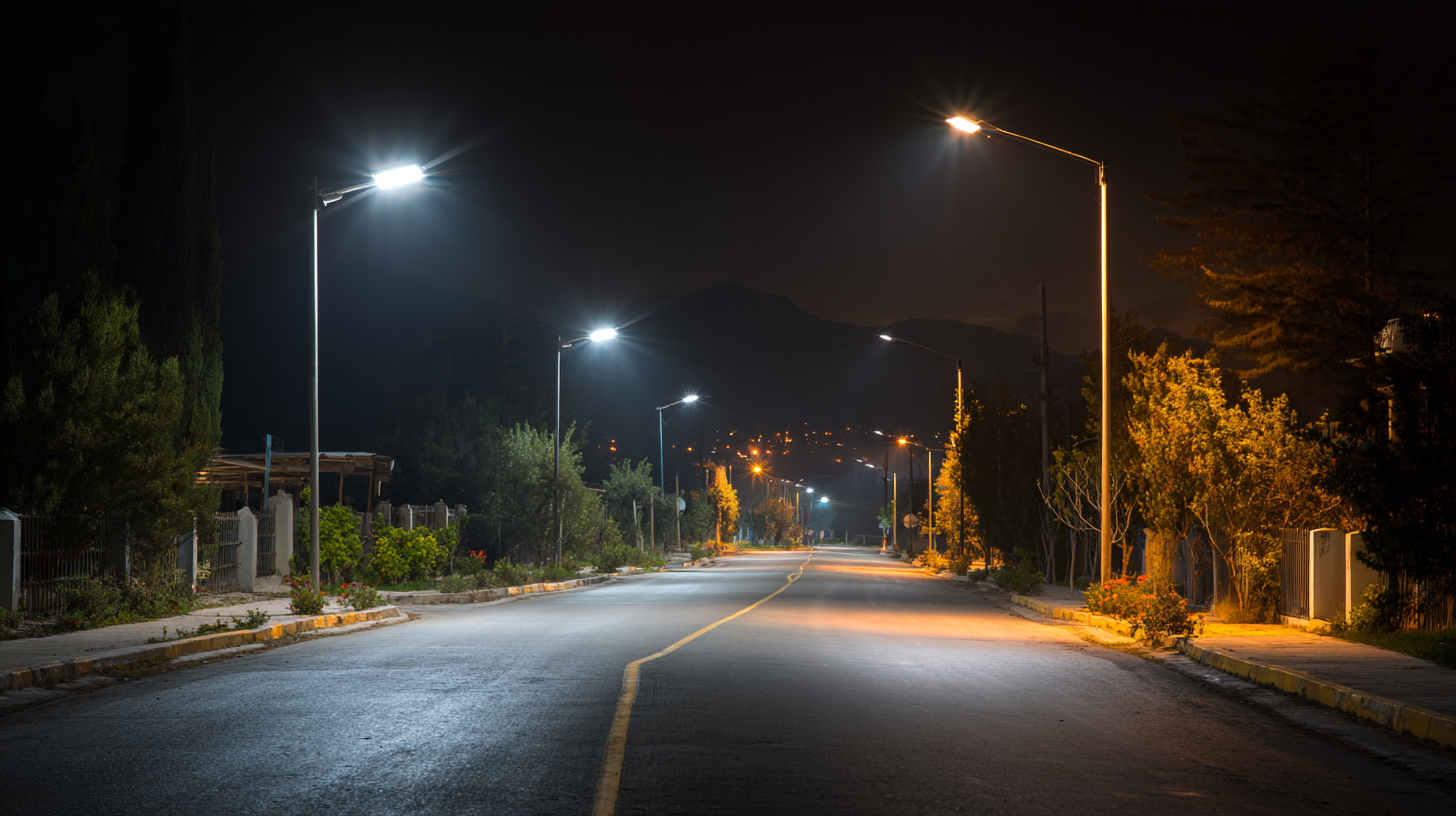
The Role of Solar Street Lights in Enhancing Neighborhood Safety
Solar street lights are emerging as a groundbreaking solution to enhance neighborhood safety. Various initiatives worldwide demonstrate their effectiveness in reducing crime levels. For example, in Northeast Bexar County, the installation of new solar street lights aims to lower crime rates in some of the most affected neighborhoods. Studies show that better-lit environments can lead to a perception of safety, even if the correlation between lighting and actual crime deterrence remains complex. With energy costs on the rise, solar lighting provides a sustainable and cost-effective alternative, enhancing visibility during nighttime hours.
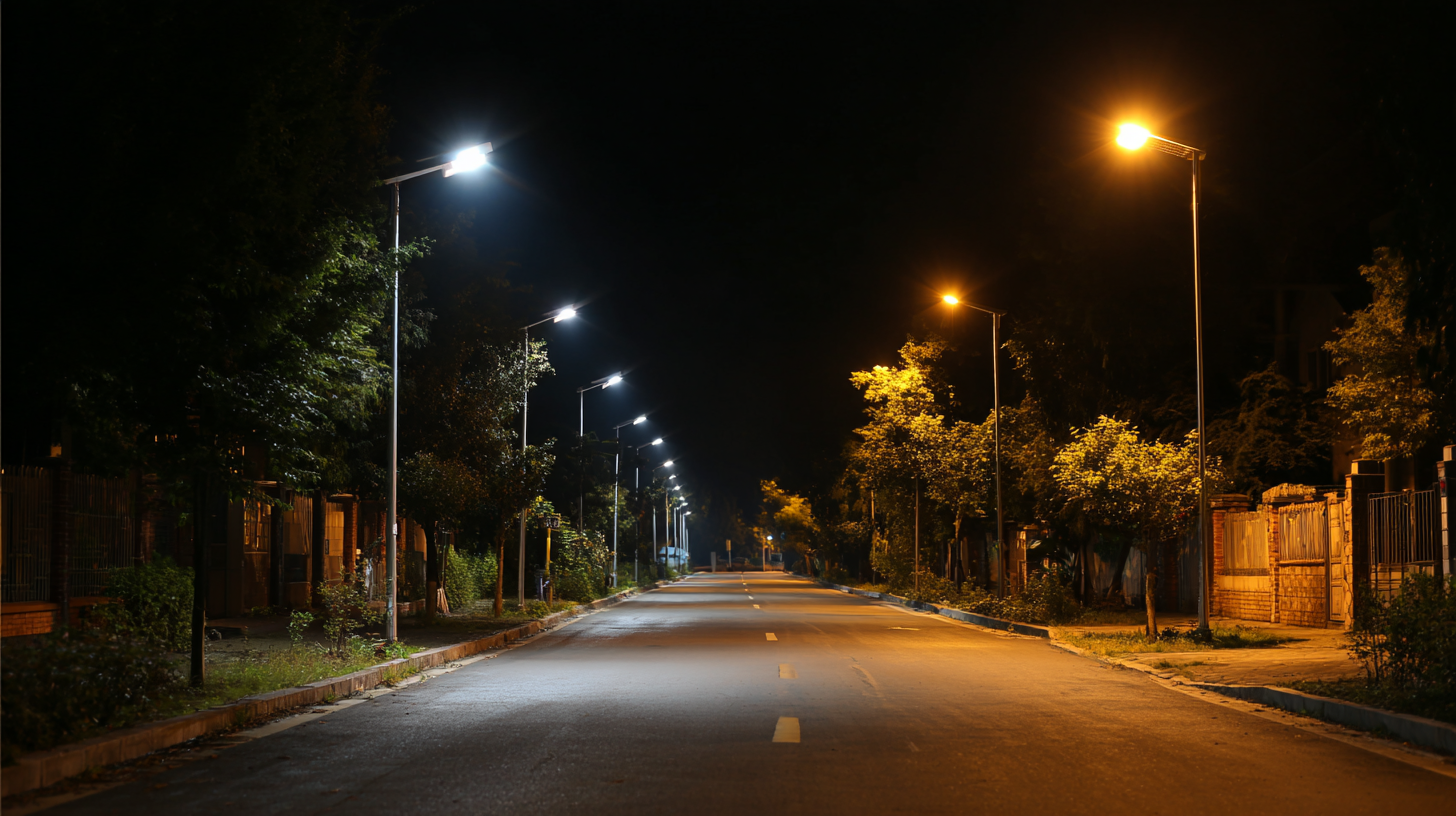
In Kwale County, solar street lights are being implemented along the beachfronts in Diani, with a focus on improving safety for both residents and tourists. Similarly, in urban areas like Los Angeles, the transition from traditional street lights to solar options addresses not only safety concerns but also rampant issues such as copper theft. These installations not only promote security but also contribute to a greener environment.
Tips for neighborhoods considering solar street lights:
- Engage with local communities to assess specific safety concerns and identify high-risk areas requiring enhanced lighting.
- Research and partner with established companies specializing in solar technology to ensure efficient installation and maintenance.
- Advocate for community involvement and awareness campaigns to educate residents on the benefits of improved lighting for safety and overall quality of life.
Benefits of Innovative Solar Technology in Urban Lighting
Innovative solar street lights are revolutionizing urban lighting by providing sustainable and efficient solutions for safer streets. These cutting-edge technologies harness the power of the sun, generating energy during the day to illuminate pathways at night. This approach not only reduces energy costs for municipalities but also minimizes carbon footprints, making our cities greener and more eco-friendly.

One key benefit of solar street lights is their ability to enhance safety in neighborhoods. By increasing visibility during the night, they deter crime and contribute to a sense of security for residents. Additionally, the smart features of many modern solar lights, such as motion sensors and dimming options, ensure that energy is used efficiently, maximizing the value of every solar panel.
Tips: When considering the installation of solar street lights in your neighborhood, evaluate the areas that require better lighting and assess the solar exposure for optimal energy generation. Collaborating with local community groups can also help to secure funding and support for these sustainable projects, ensuring a successful implementation that benefits everyone.
Cost-Effectiveness and Long-Term Savings of Solar Street Lighting
The shift towards solar street lighting is not just an environmental fad; it's an economically sound decision that promises substantial long-term savings. When communities invest in solar street lights, they eliminate the need for expensive electrical infrastructure and ongoing energy costs associated with traditional lighting. This cost-effectiveness is particularly appealing for municipalities with tight budgets, as solar installations can drastically reduce utility expenses and maintenance costs over time.
Moreover, solar street lights have a lifespan that significantly outlasts conventional lighting systems. With fewer components to manage and less wear and tear from extreme weather conditions, these innovative solutions promise greater durability. As maintenance becomes less frequent, labor costs decrease, freeing up funds for other community needs. By embracing solar technology, neighborhoods can not only enhance safety through better illumination but also foster a sustainable future that prioritizes financial prudence alongside environmental responsibility.
Community Engagement in the Adoption of Solar Lighting Solutions
Community engagement plays a pivotal role in the successful adoption of solar street lighting solutions. By involving local residents in the decision-making process, municipalities can address specific needs and concerns related to their neighborhoods. This inclusive approach not only fosters a sense of ownership among community members but also encourages participation in discussions about safety, aesthetics, and energy efficiency. Workshops and public forums can be organized to educate residents about the benefits of solar lighting, dispelling myths and highlighting its positive impact on reduced crime rates and improved visibility at night.
Furthermore, community engagement initiatives can lead to more tailored and effective solar lighting designs. Residents can provide valuable input on optimal placement and the unique challenges faced in their areas. Engaging with local stakeholders—such as neighborhood associations and environmental groups—can facilitate partnerships that strengthen the implementation of these sustainable solutions. When communities feel heard and valued in their infrastructure developments, they are more likely to embrace change, ensuring that innovative solar street lights not only illuminate streets but also foster a collaborative spirit that enhances overall community well-being.
Case Studies: Successful Implementation of Solar Street Lights
The implementation of solar street lights has proven to be a transformative approach for many neighborhoods looking to enhance safety and sustainability. One notable case is a community in California that replaced traditional street lights with solar-powered alternatives. This initiative not only reduced energy costs by over 70% but also increased visibility at night, significantly reducing crime rates in the area. Community members reported feeling safer walking home after dark, illustrating the direct impact of improved lighting on public safety.
Another impressive case study comes from a bustling urban district in Brazil. Faced with frequent power outages and rising electricity bills, city officials opted to install solar street lights across several high-traffic areas. The result was a 50% reduction in energy dependence from the local grid, while also providing consistent lighting during nighttime hours. The project has garnered positive feedback from residents and has prompted discussions about expanding solar technology throughout the city, showcasing how innovative solutions can address both environmental and safety concerns effectively.
Transform Your Neighborhood with Innovative Solar Street Lights: A Sustainable Solution for Safer Streets
| Location | Number of Lights Installed | Cost Savings (Annual) | Reduction in Crime (%) | Environmental Impact (CO2 Reduction in Tons) |
|---|---|---|---|---|
| Downtown Area | 50 | $12,000 | 25% | 15 |
| Residential Neighborhood | 30 | $8,000 | 20% | 10 |
| Community Park | 20 | $5,000 | 30% | 8 |
| School Zone | 15 | $4,200 | 35% | 5 |
| Transit Stops | 25 | $6,000 | 40% | 6 |
Related Posts
-
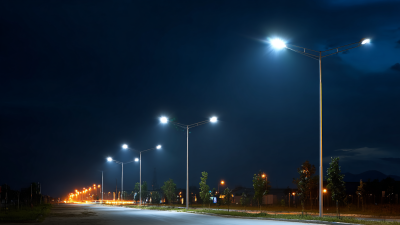
Ultimate Guide to Choosing the Right Solar Street Lights for Your Community
-
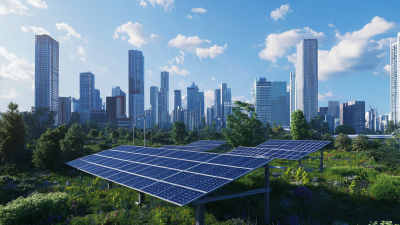
Reliable Chinese Manufacturing in Solar Street Lights Ensuring Consistent Quality Worldwide
-
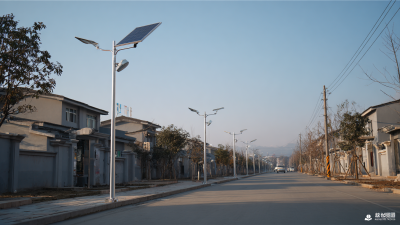
China's Solar Street Lights Crafted for Global Trust and Quality Excellence
-
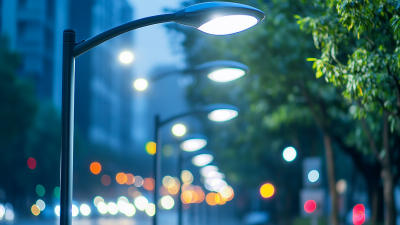
Transforming Urban Safety: Case Studies on LED Street Lights and Challenges in Implementation
-
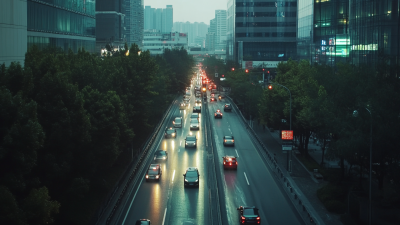
The Evolution of Solar Street Lighting Solutions for Global Buyers
-
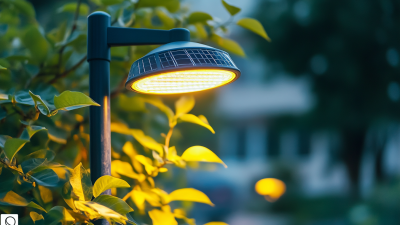
Innovative Solutions for Safe Cities 7 Key Benefits of Using Solar Street Lights
